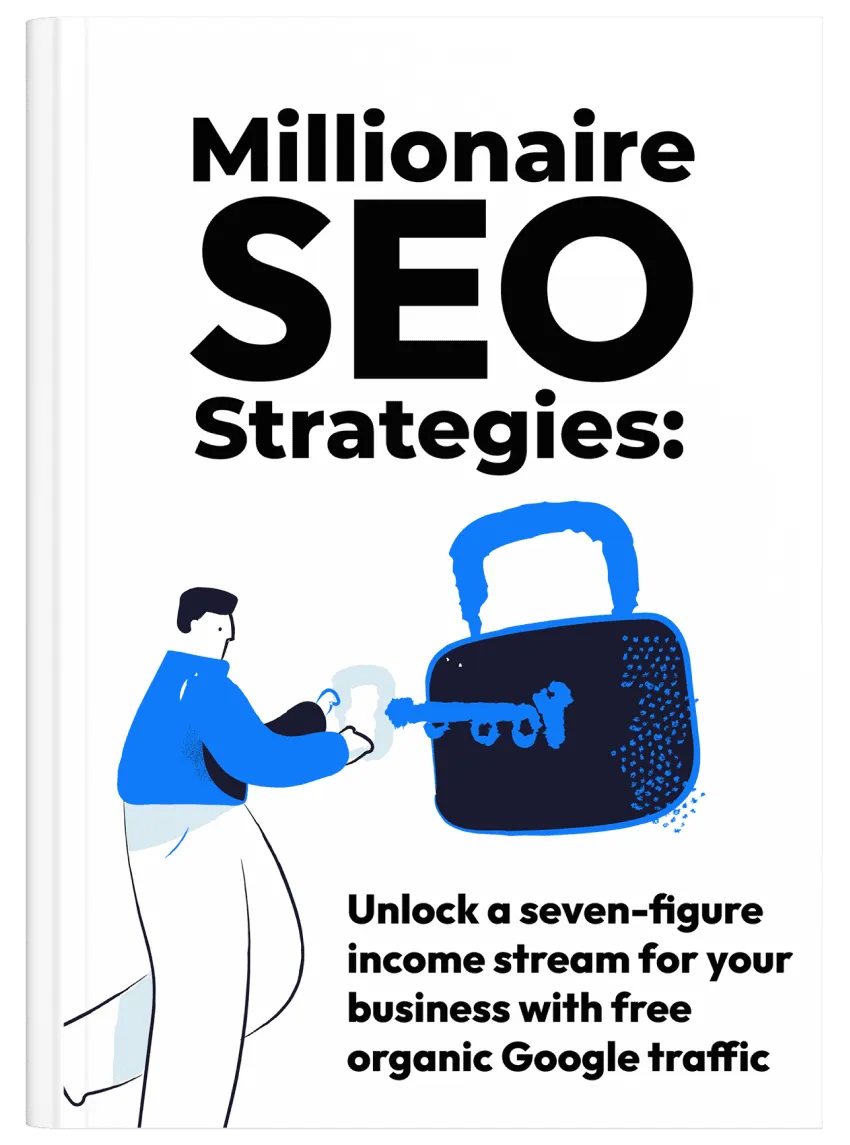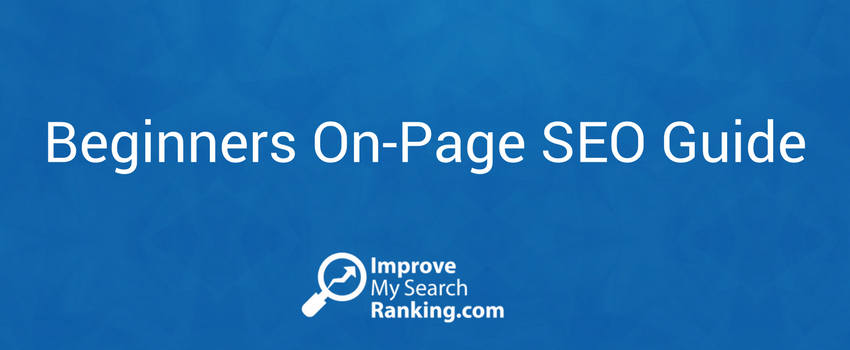
The great H1 vs. Title tag debate: Does Google even care?
Title tag optimisation has been a hot topic among SEO professionals for years, particularly regarding the importance of matching a web page’s H1 tag with its title tag. In the age of relentless keyword stuffing, it seemed like a no-brainer: cram those keywords into both spots for maximum ranking power!
But with Google’s ever-evolving search algorithms, is this method of title tag optimisation even relevant anymore? In this article, we find out what H1s and title tags actually mean, explore how Google uses them, and see what the search engine giant itself has to say about this SEO mystery
What is a title tag?
The title tag, nestled within the <head> section of your web page’s code, is like a billboard for your content. It’s the concise description that appears in search engine results pages (SERPs) when someone searches for a term related to your web page’s topic. Think of it as a first impression, a quick and informative blurb that entices users to click and explore further.
What is an H1?
The H1 tag, the largest heading on your webpage, acts as a headline. It introduces the main topic of your content and gives visitors a clear idea of what they’re about to read.
Unlike the title tag, the H1 tag isn’t directly visible in SERPs, but it plays a crucial role in structuring your webpage and making it easier for users to navigate.
How does Google use H1s and title tags?
Google uses both H1s and title tags to understand the content of your webpage and determine its relevance to search queries. They also play a role in crafting the title link – the clickable text displayed in SERPs that users see before clicking through to your page.
Here’s the interesting part: Google doesn’t necessarily prioritise matching the title tag with the H1 tag.
Twenty years ago, keyword-stuffed title tags were the norm, but with advancements in natural language processing (NLP) and machine learning, Google can now grasp the meaning and context of your content without needing an exact keyword match.
Is it important for H1 and title tags to match for title tag optimisation?
According to Google’s Gary Illyes, the answer is a resounding no.
In a Google Office Hours podcast, Illyes stated that you should prioritise user experience: “No, just do whatever makes sense from a user’s perspective.”
This makes perfect sense.
While keyword relevance is still important, cramming your H1 and title tag with the same keywords can sound unnatural and off-putting to users. The goal is to create clear, concise, and informative descriptions that accurately reflect your content and entice users to click.
Here’s a breakdown of how Google uses H1s and title tags, and why you shouldn’t get hung up on an exact match:
- Title Tags: Google prefers titles that are descriptive and concise, accurately reflecting the content of your webpage. Keywords are still valuable, but prioritise user clarity over stuffing keywords
- H1 Tags: The H1 tag is your chance to jump a bit deeper than the title tag. Think of it as a more specific introduction to your content.
- Title Links: Google prioritises using the title tag for the title link displayed in SERPs. However, if the title tag isn’t descriptive enough, Google might use the H1 tag or even pull content from elsewhere on your page to create a better title link.
Conclusion
The age-old question of matching H1s and title tags can finally be put to rest. While both elements remain crucial for SEO, Google prioritises user experience and content clarity over an exact match. Understanding how Google utilises H1s and title tags empowers you to craft a winning strategy that benefits both search engines and users.
The key lies in prioritising the user. Write clear, concise, and informative H1s and title tags that accurately reflect your content and grab user attention. Keyword relevance is important, but prioritise natural language over keyword stuffing.
View your H1 and title tag as complementary pieces, not identical twins. The title tag offers a general overview, while the H1 delves a little deeper into the specific content of your webpage.
Finally, prioritise your title tag (but have a backup plan). Google prefers to use the title tag for the title link displayed in SERPs. However, if your title tag isn’t descriptive enough, Google might use the H1 tag or even pull content from elsewhere on your page. Ensure both your title tag and H1 are clear and informative.
Remember, the ultimate goal is to provide valuable content that keeps users engaged and coming back for more. By following these principles and prioritising user intent, you can create a user-friendly and SEO-friendly experience that lets your fantastic content shine.








